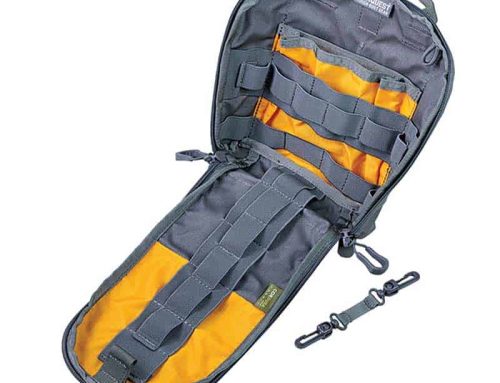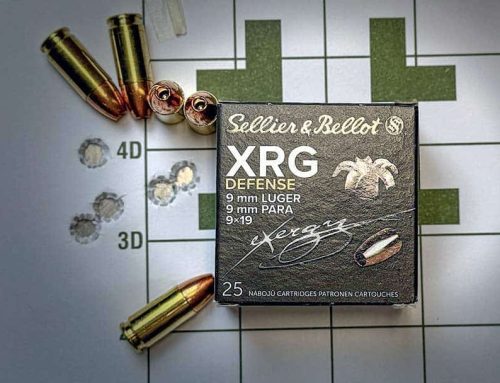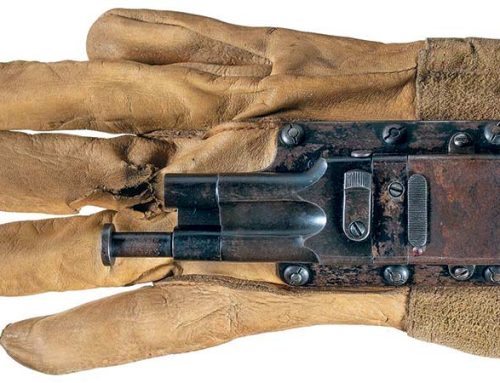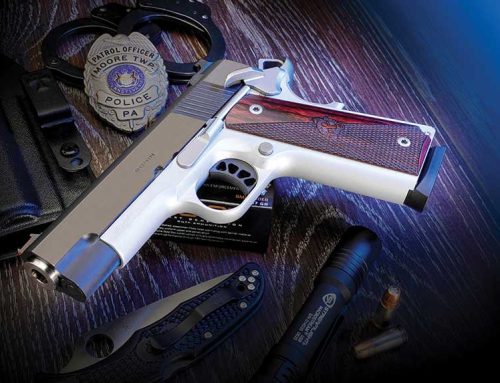One thing I’ve found testing thousands of rounds of ammunition through a wide variety of traditional, and sometimes non-traditional, targets is that you can’t generalize. Broad generalizations just don’t hold up. I mean, there’s the obvious exception of Justin Bieber – ALL of his songs are roughly comparable to pre-gelatinized narwhal poop, but in most other things, you need to evaluate each and every unique circumstance independently.
It’s the same with ammunition. You can just say Brand X is a good performer in each caliber and each specific loading within a caliber. So the 9mm ++P+++ 124 grain load of Fire-Breathing Death Harpoon Ammo expands every single time, but does the .380 90 grain load of that same brand perform as it should? Not necessarily. You need to test your desired carry load, in your specific gun to know how it performs.
So, even though I’ve had great success with all of the Speer Gold Dot loads tested to date, I’m gradually working my way through the product line to try them all.
Expansion performance of the Speer Gold Dot .40 S&W 155 grain load was excellent and velocity was just as expected.Recently I spent some quality time with the . At the lighter end of the .40 caliber spectrum, I expected to get some serious velocity out of this one. And with expanding hollow point ammo, velocity is king when it comes to consistent expansion performance.
Standout features of the include a bonded-core construction and a two-stage hollow point cavity construction. Bonded-core construction “melds” the copper jacket and lead core so they are not two separate layers. This allows the projectiles to stay together regardless of barriers encountered. Penetration is boringly consistent as almost all projectile weight is retained. The two-stage hollow point core construction process allows the gurus at Speer to control both diameter and rate of expansion. Basically, they can match projectile performance to caliber and expected real-world velocity.
That black stuff in the hollow point core is leather. So the projectile got completely clogged, yet still expanded perfectly.I shot a bunch of this out of a Beretta PX4 Storm. The PX4 Storm full-size model features a 4.0″ barrel, so I expected measured velocity to approach, but not quite meet the factory specs.
First I checked actual velocity out of the Beretta PX4 Storm. Using a Shooting Chrony Beta Master Chronograph placed 15 feet downrange, I clocked the at an average of 1,169 feet per second, or just over 30 feet per second below the factory spec of 1,200 feet per second. This works out just about right assuming the factory tests velocity using a standard 5″ test barrel. That extra inch should easily account for 30 feet per second velocity improvement. So, doing a little serious math, the actual energy of this load, out of my Beretta PX4, works out to 470 foot-pounds actual measured energy. This compared to 496 on the Speer Gold Dot website.
I also wanted to get an indication of expansion performance when projectiles were shot through common and expected barriers for self-defense situations. I set up two layers of leather and 4 layers of light canvas in front of a pile-o-wetpack – a fancy word for soaking wet newspaper. I snapped photos of a few representative samples, but every single projectile demonstrated excellent expansion performance. This has been a consistent observation with the Speer Gold Dot line. The bonded projectiles don’t seem to suffer from heavy material barriers. The three projectiles in the photo measured .583, .685 and .652 inches in diameter after expansion. Not too shabby.
Like the other Speer Gold Dot loads we’ve tested so far, this is excellent self-defense ammunition.
You can get it at Brownells
Loading…








[…] .40 S&W projectile, so I decided to try a lighter weight and higher velocity round – the Speer Gold Dot 155 grain bonded hollow point. I clocked this specific round at 1,168 feet per second from a Beretta PX4 […]